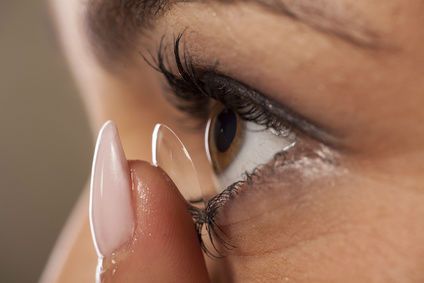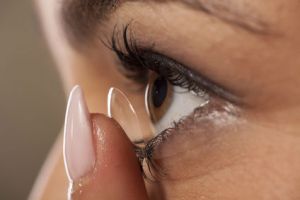
In response to the rising percentage of the population afflicted with diabetes, Google has announced that it is in the development stages of a new contact lens that will track the blood sugar of diabetics by analyzing the glucose levels in their tears.
According to the Google project team, “it’s still early days for this technology, but we’ve completed multiple clinical research studies which are helping to refine our prototype. We hope this could someday lead to a new way for people with diabetes to manage their disease.”
The lenses will be designed by embedding miniature glucose sensors and wireless chips between two layers of contact lens material, described by the team as “so small they look like bits of glitter, and an antenna thinner than a human hair.” The sensors will take readings of the glucose in tears once per second, and may even turn on a tiny light when blood sugar hits a dangerous level.
While researchers have long known that blood sugar can be determined via tears, it has been difficult to collect them. This new invention, if it is successfully approved and released, could help diabetes patients know exactly what their blood sugar is at all times, without having to excuse themselves from whatever activity they are performing to take a pinprick reading.
Currently on the market for diabetics are watches that take skin blood sugar readings throughout the day. This contact lens would be the next step in this class of technology.
Google is likely releasing their contact lens in Europe first. Once their design is complete, they will have to gain approval by the standards commission in the designated country where they are being introduced, as well as approval by a regulator of medical devices. They would also need to ensure that the disclosure of consumer information which may be obtained or transmitted by the contact lenses was known and approved by the wearer.
 In this day and age where so many billions of dollars of technological funding goes to projects that may be hazardous to human and environmental health (such as GMOs, for just one example), it is encouraging to see technology go to work to help those suffering from this chronic and pervasive disease.
In this day and age where so many billions of dollars of technological funding goes to projects that may be hazardous to human and environmental health (such as GMOs, for just one example), it is encouraging to see technology go to work to help those suffering from this chronic and pervasive disease.
-The Alternative Daily
Source:
http://www.webmd.boots.com/diabetes/news/20140117/contact-lenses-to-monitor-diabetes

